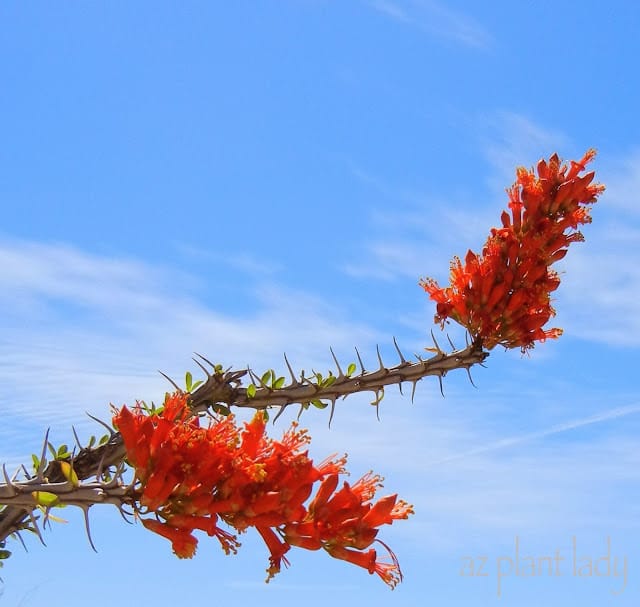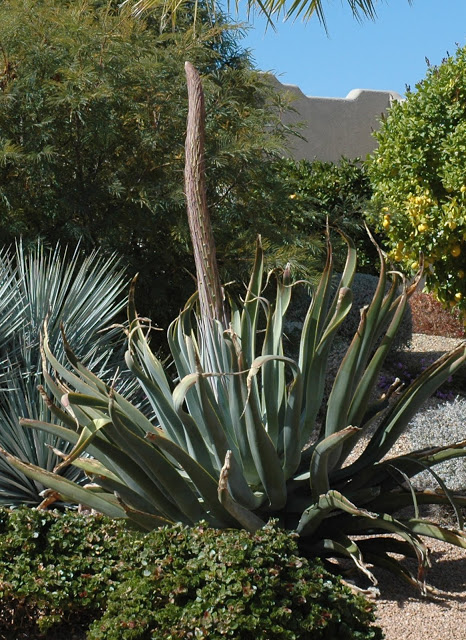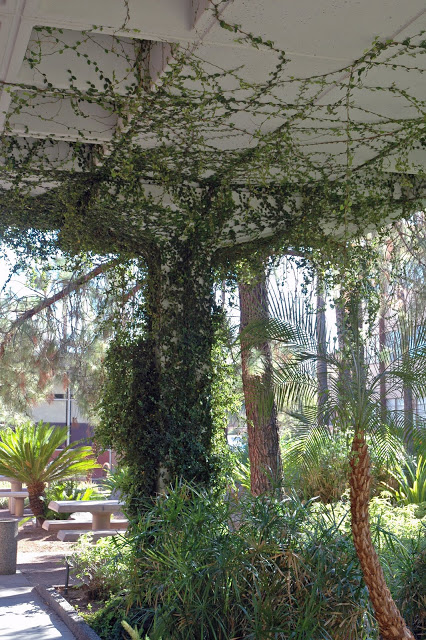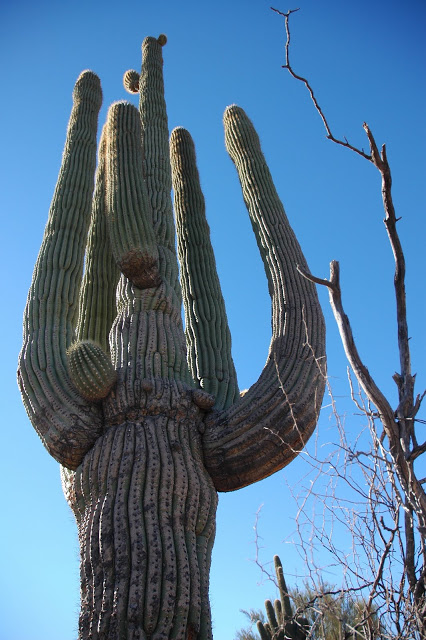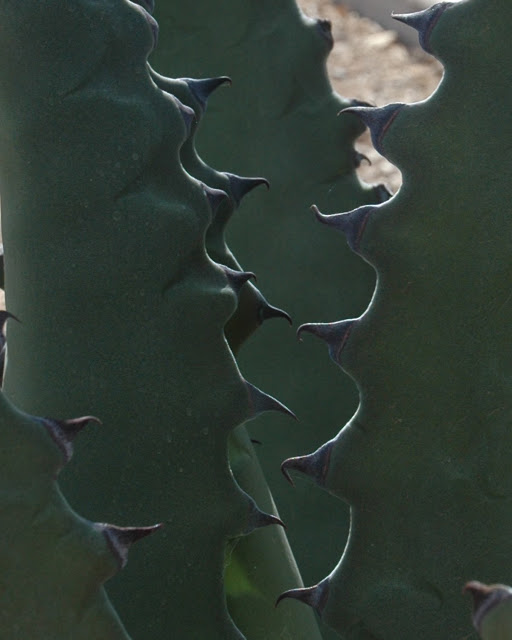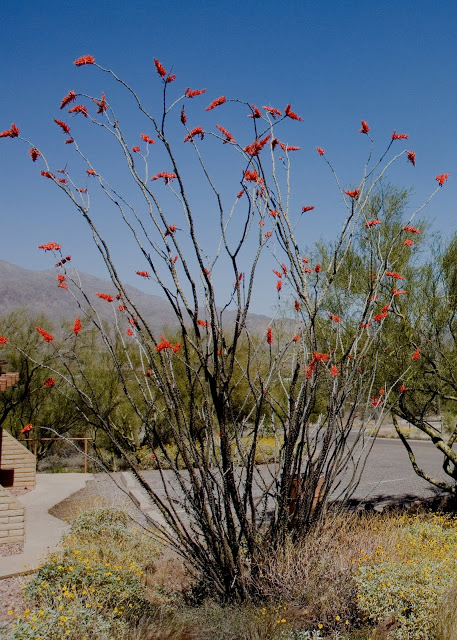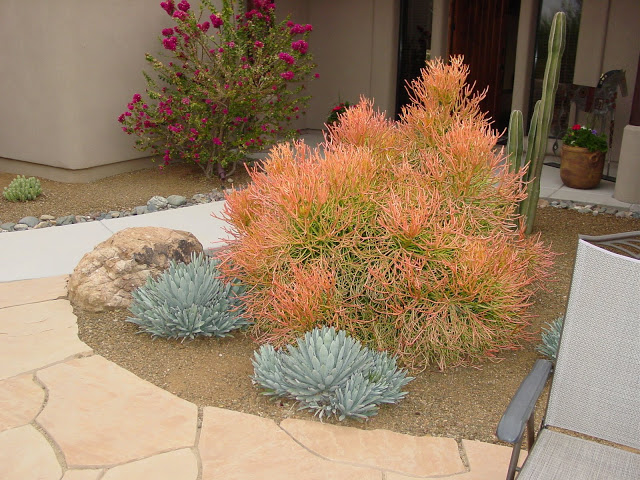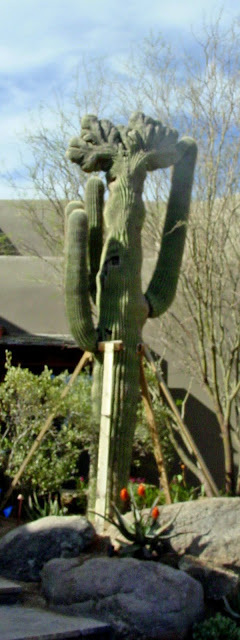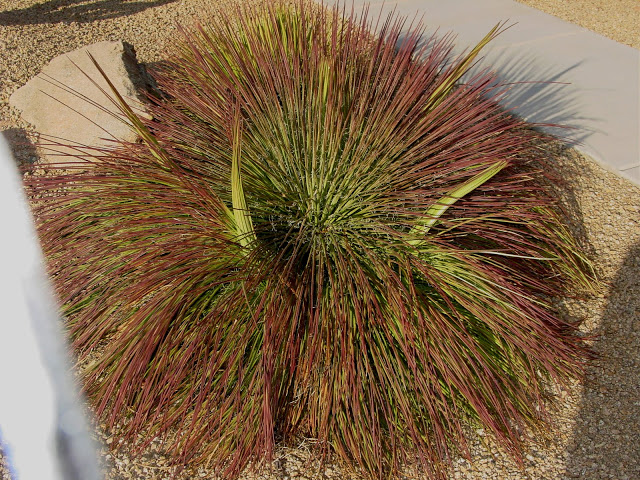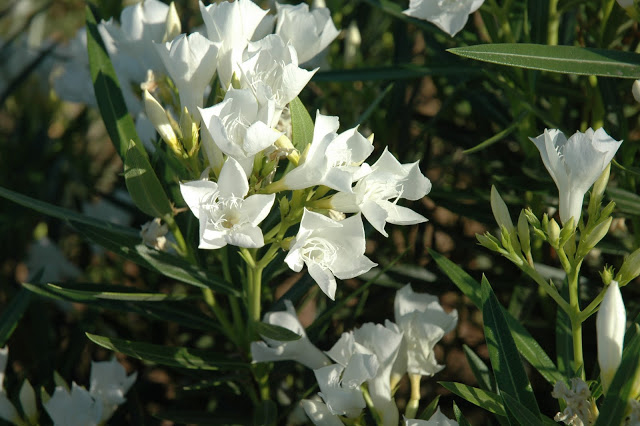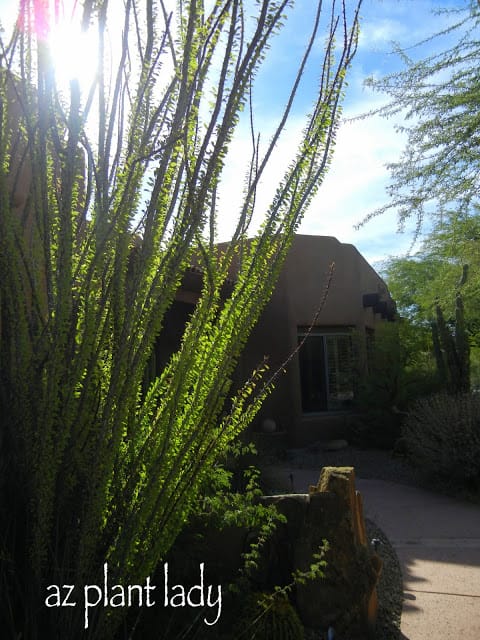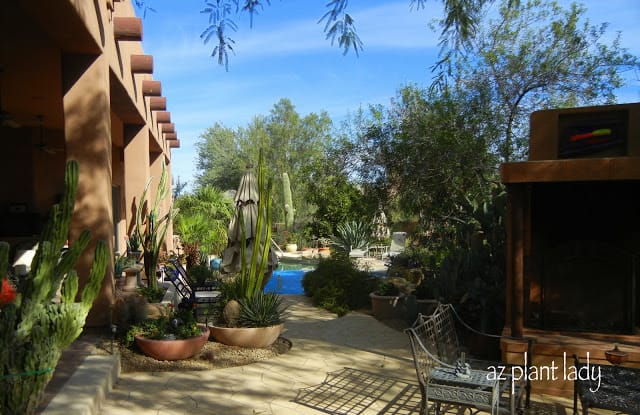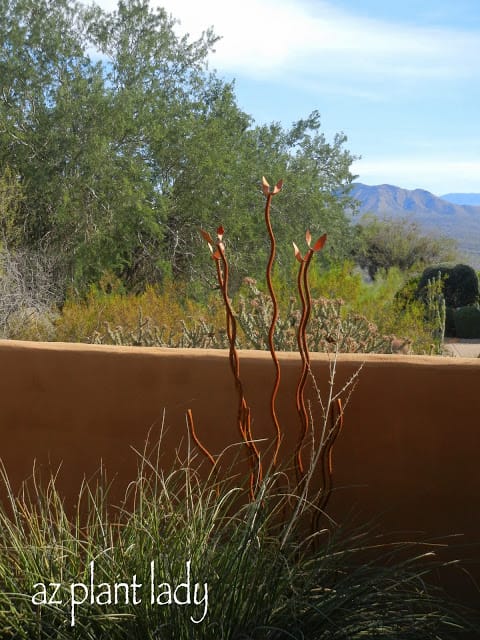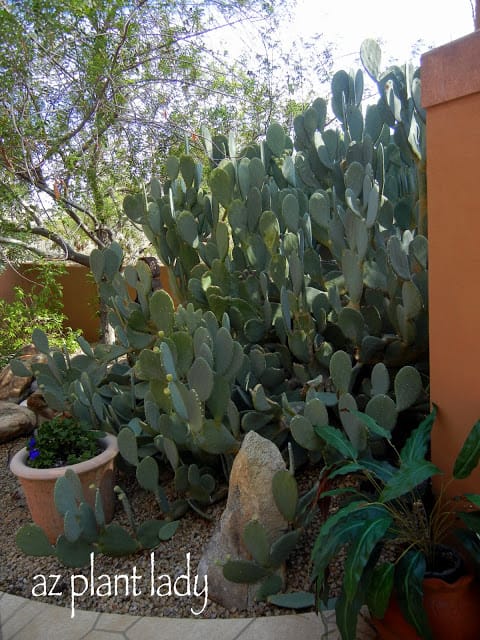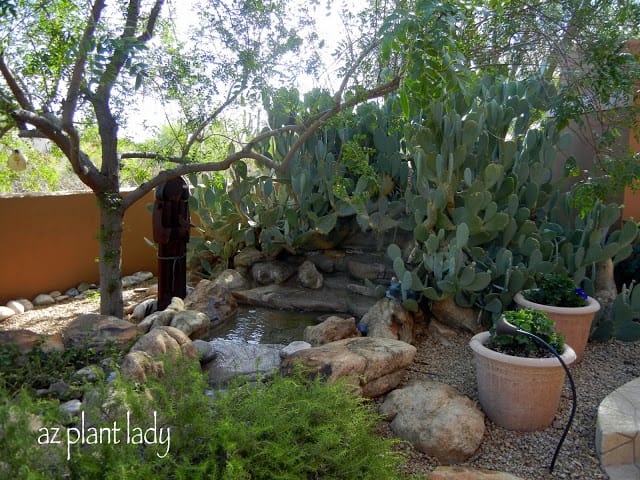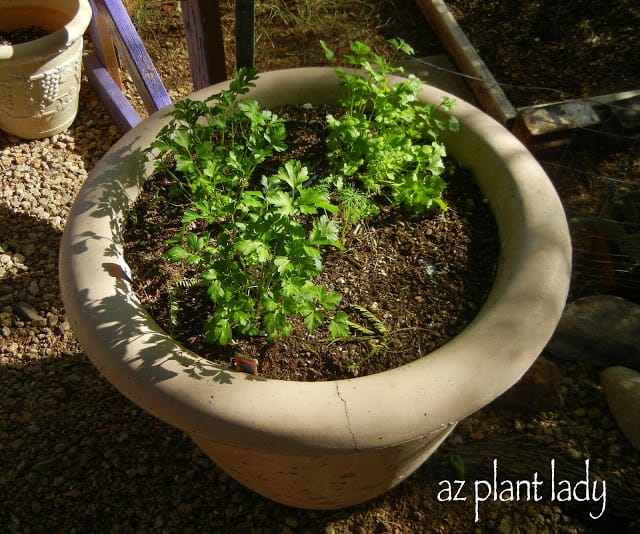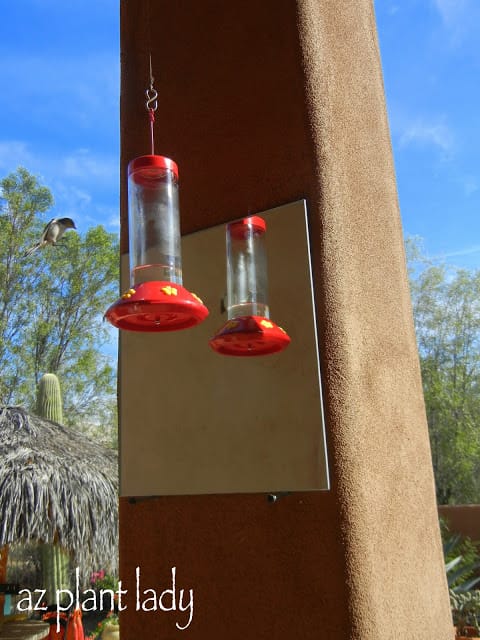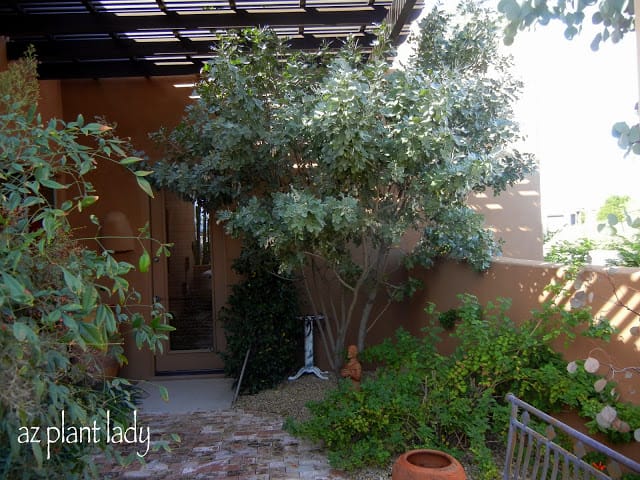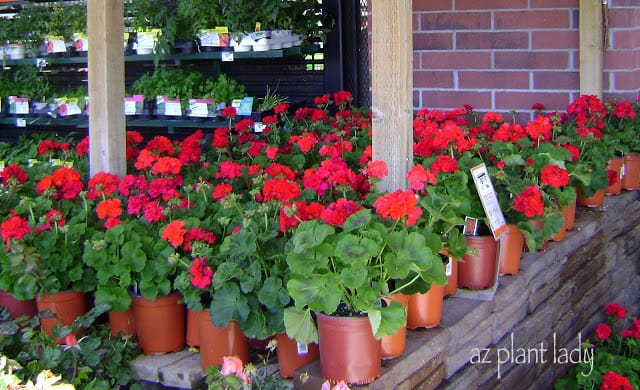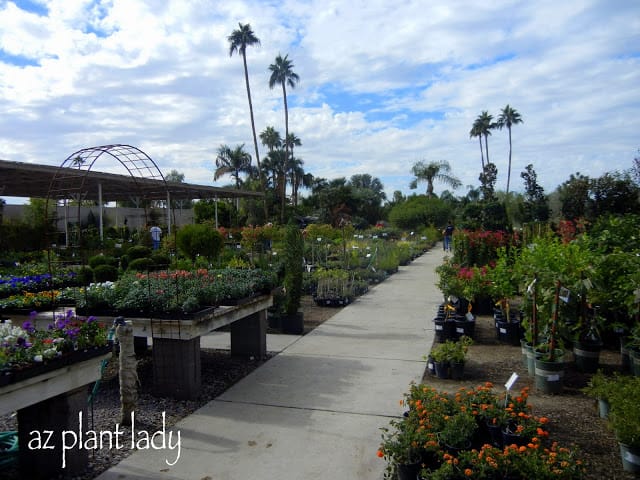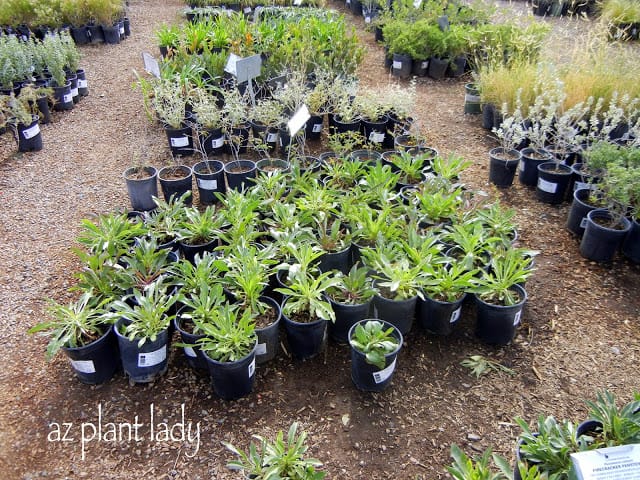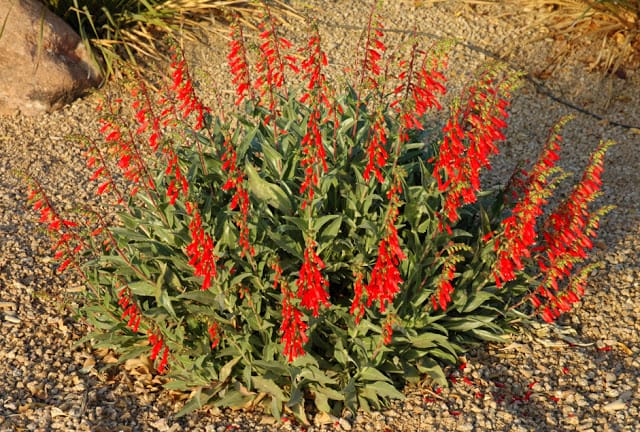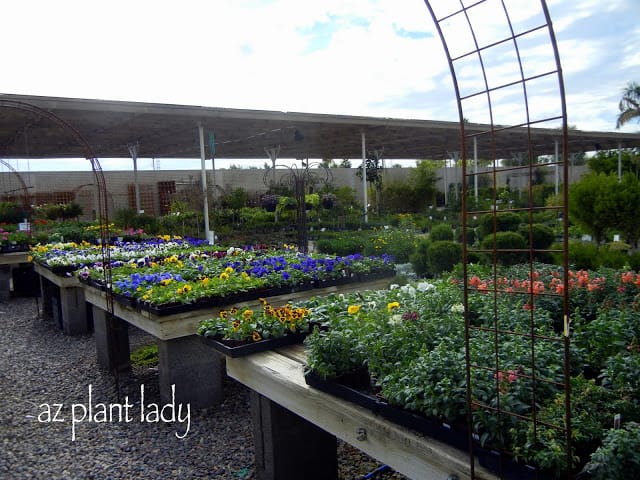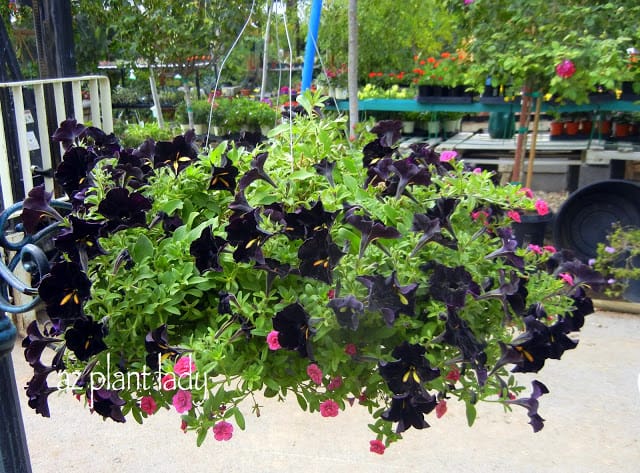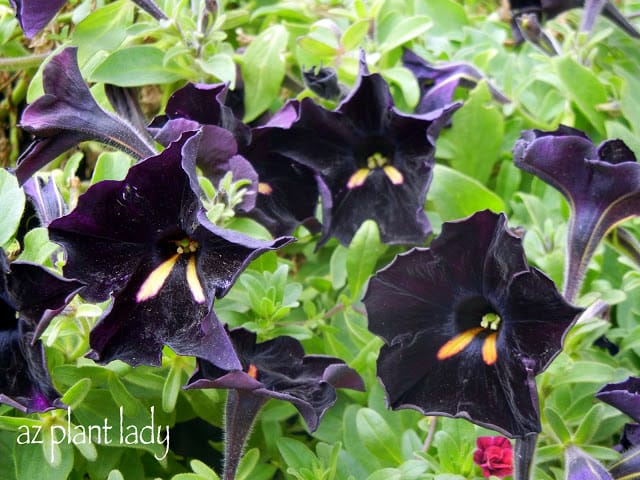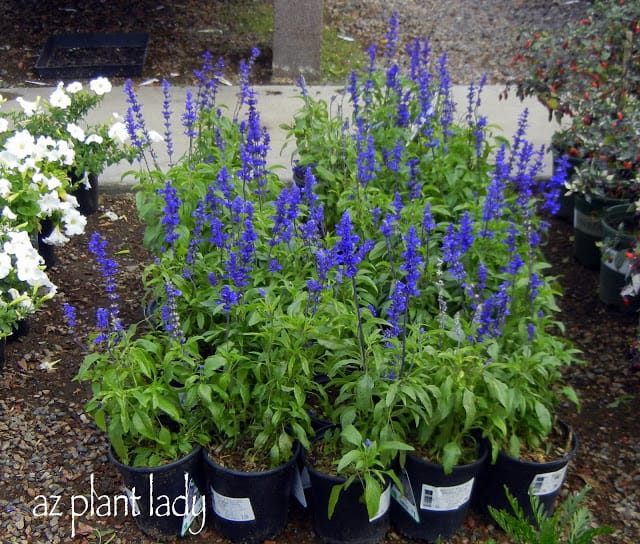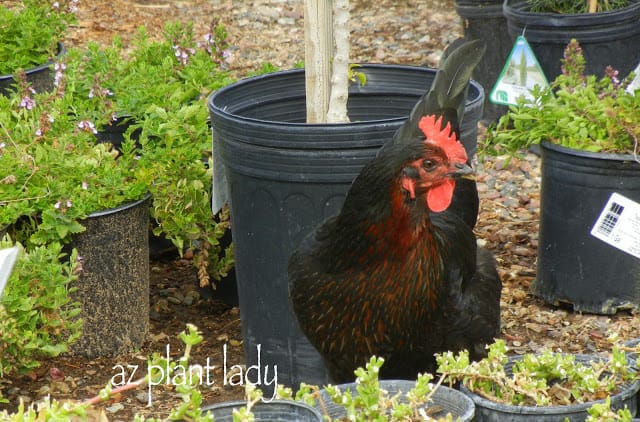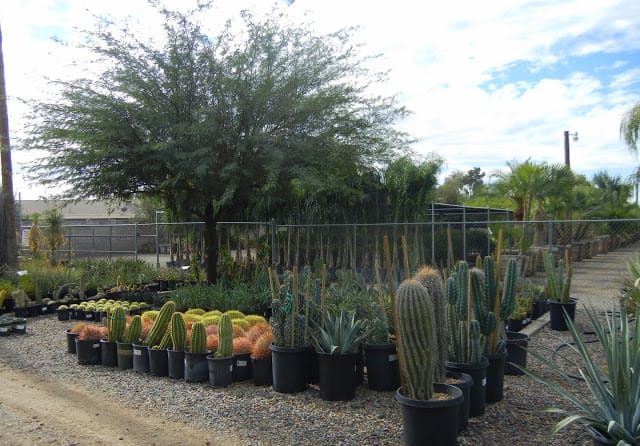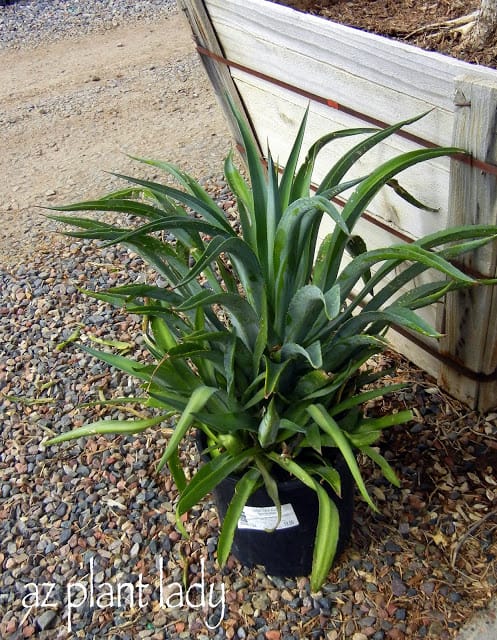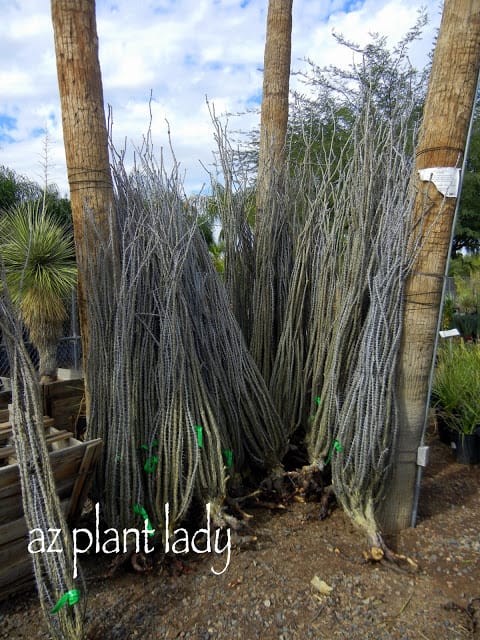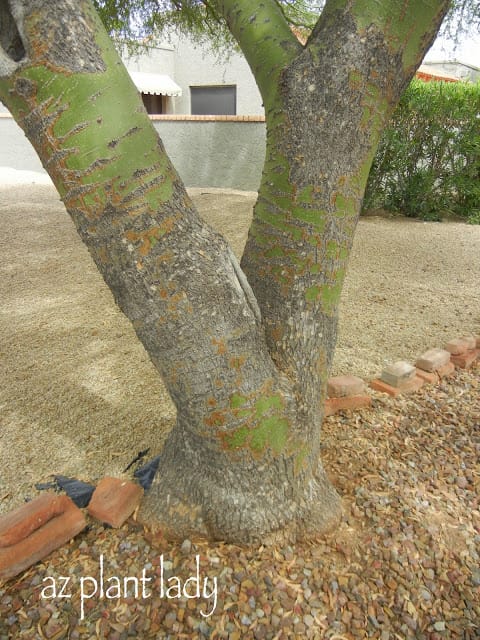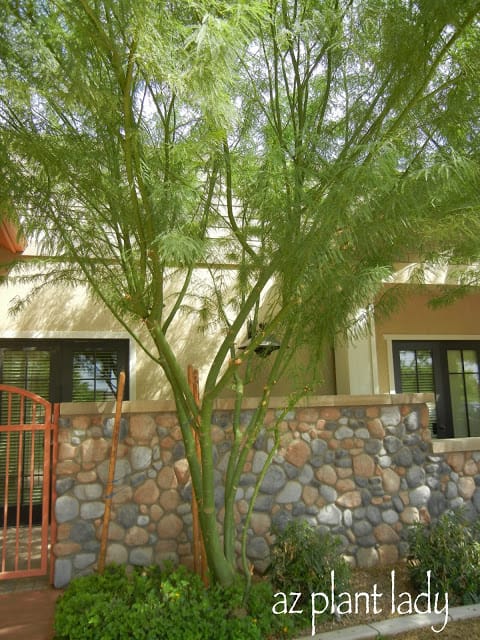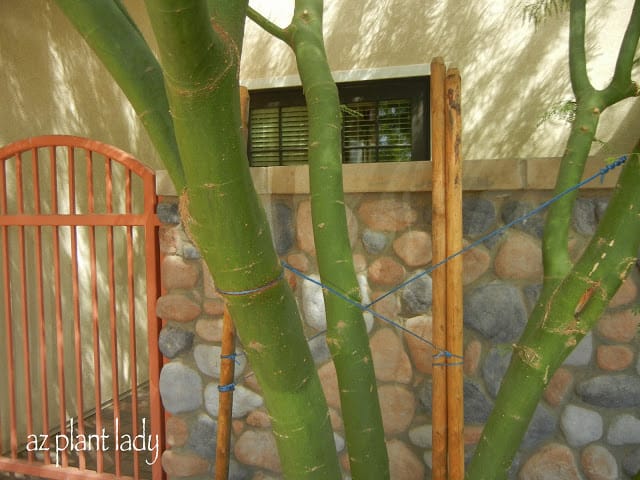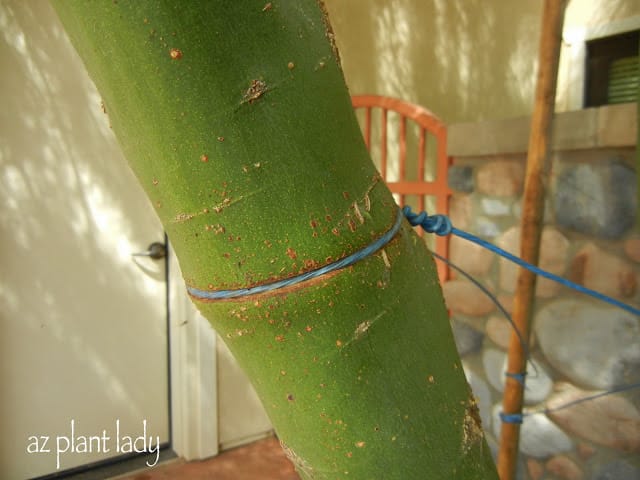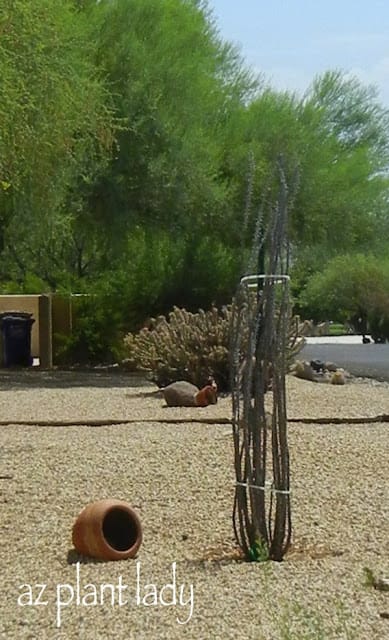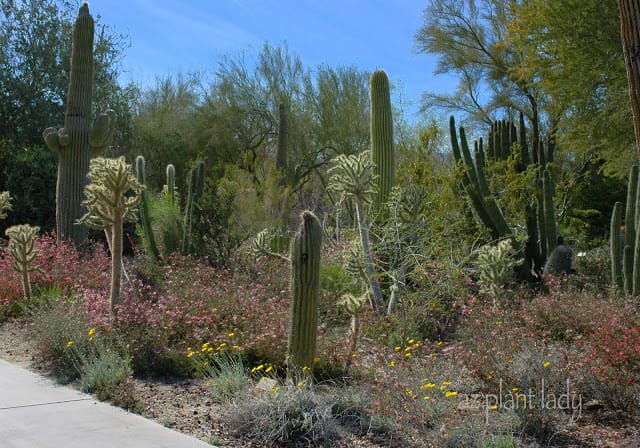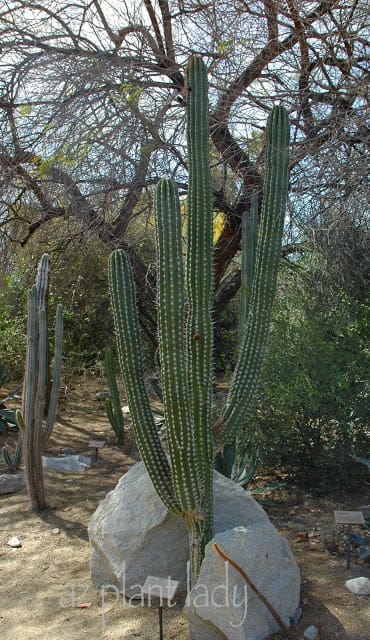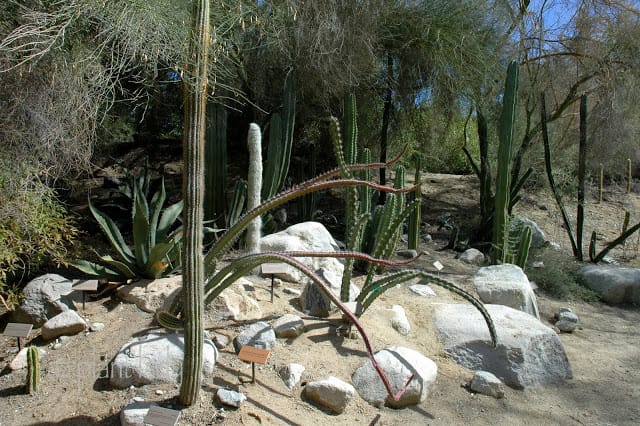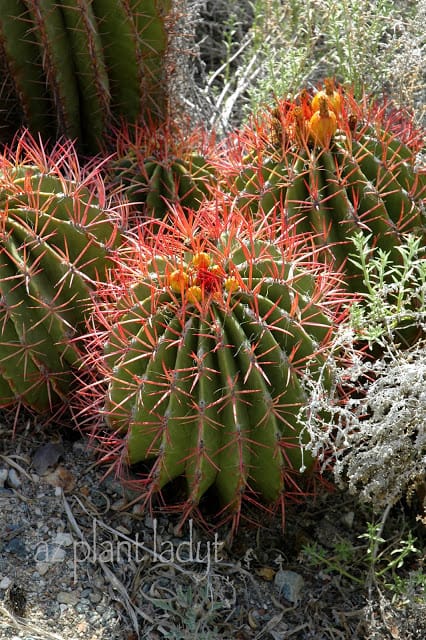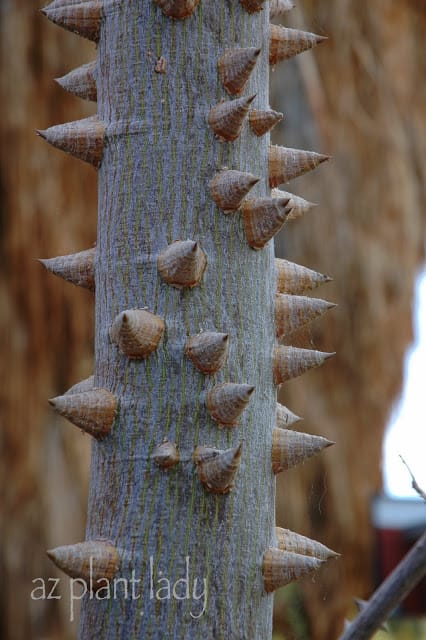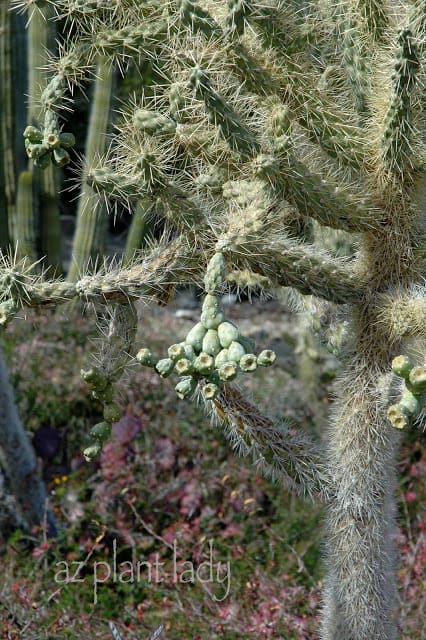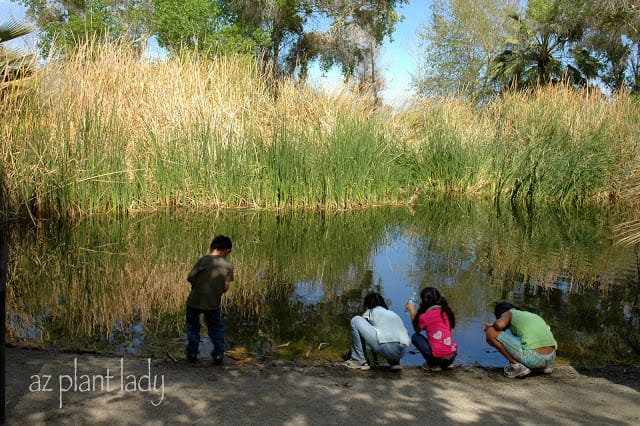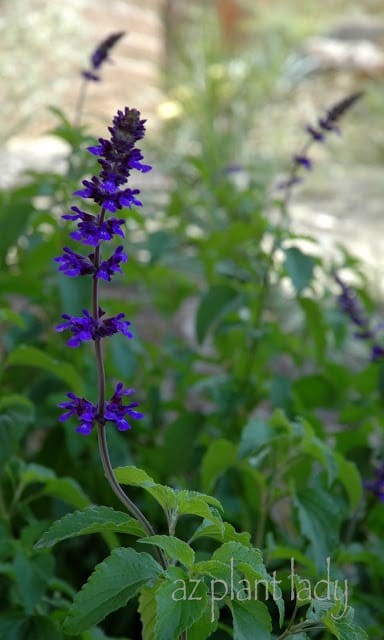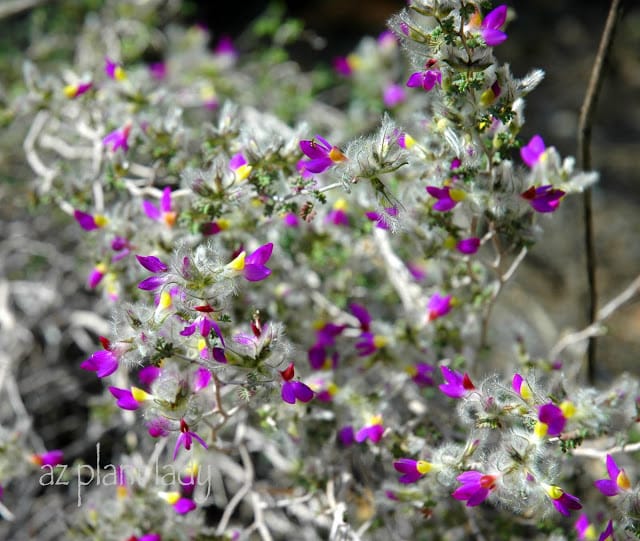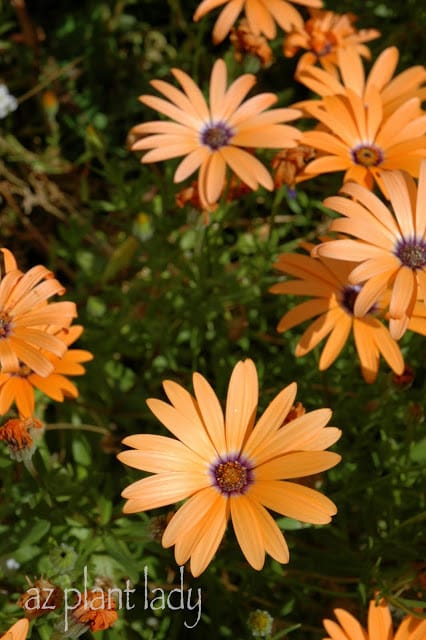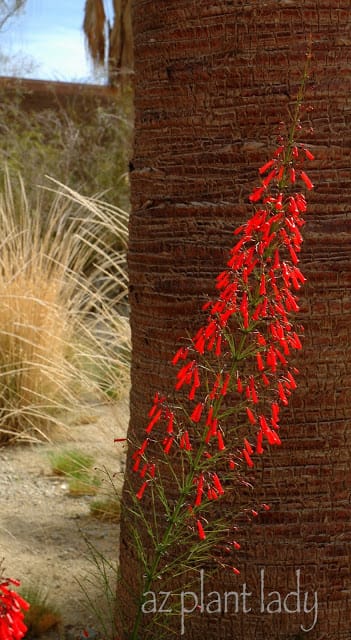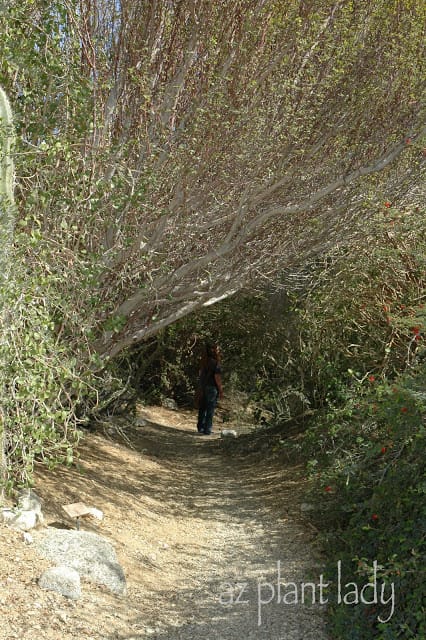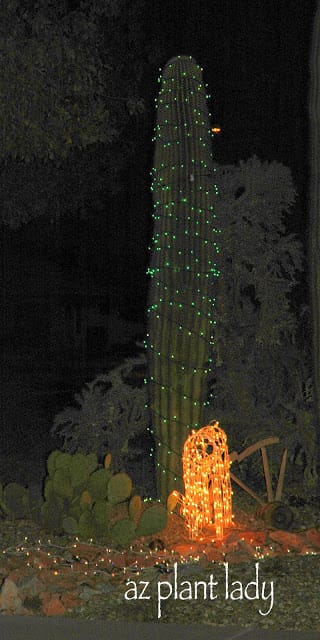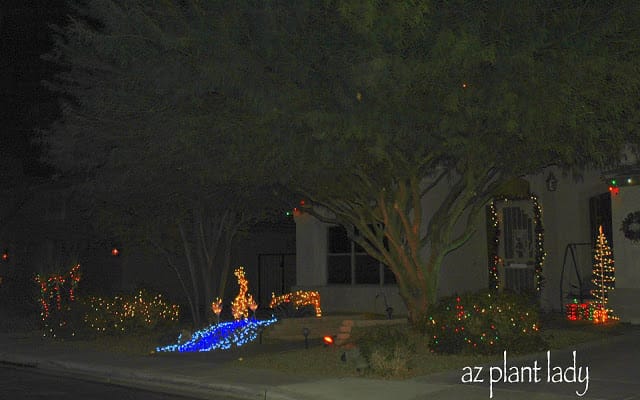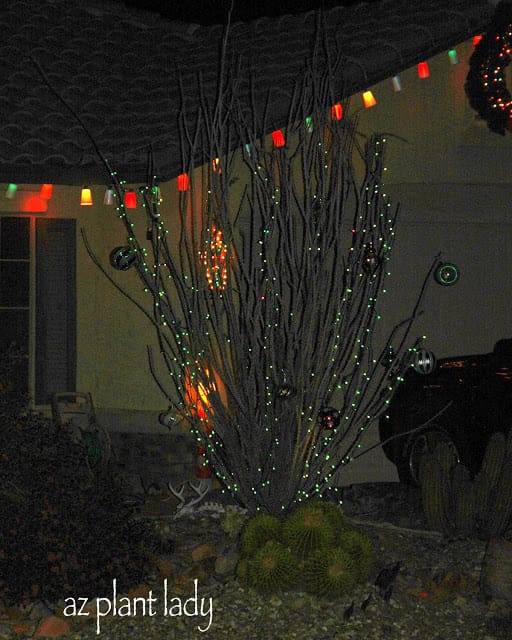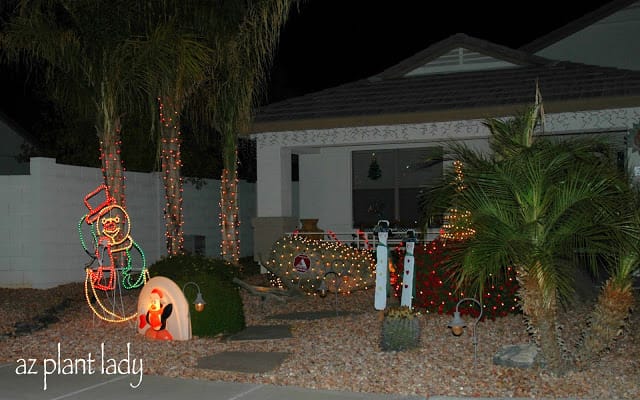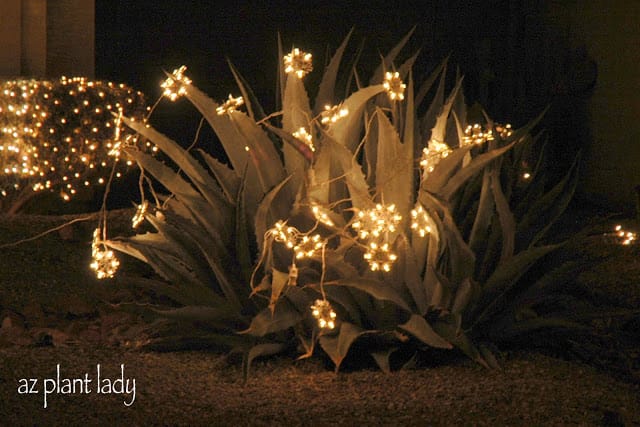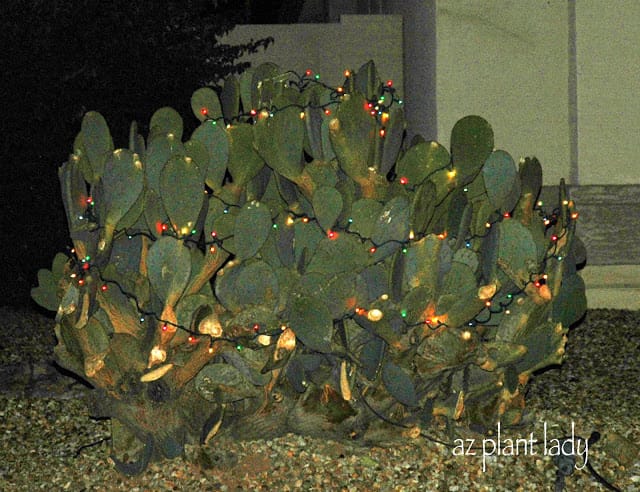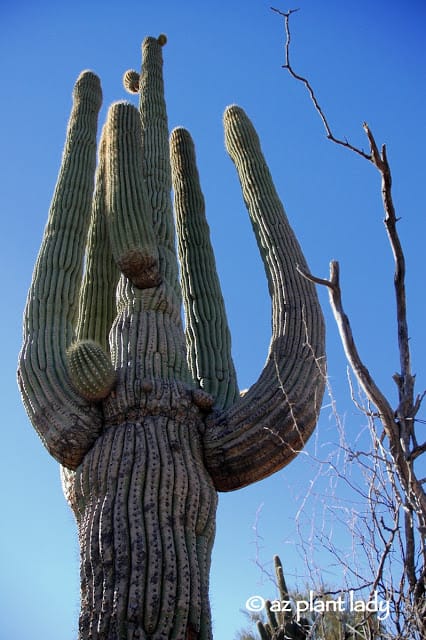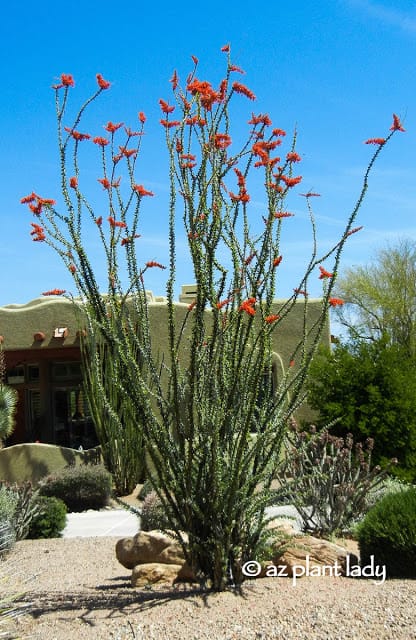This past weekend, I was on a mission.
My mission was to replace the few plants that had died in my in-laws garden as well as replace their warm-season annuals with cool-season ones.
Unfortunately, I could not indulge my creative side and re-design the landscape that I had originally created 9 years ago because my mother-in-law wanted to keep everything the same as it was before.
My father-in-law was a meticulous gardener and was beautiful, perfectly pruned and very neat and tidy (very much unlike my own messy and untidy garden 😉
As his illness progressed, I started to take over care of his prized landscape. Now that he has passed away, I still care for it. Every Sunday night, we go over and have dinner with my mother-in-law. We always arrive a bit early so that my husband can do miscellaneous tasks around the house and I help in the garden.
And so back to my mission – I had to find the exact same plants that had died over the summer. Now for those of you who do a lot of planting – you know it can be hard to find everything you need at a single nursery.
Well, I still harbored unrealistic hope that I would miraculously find all that I needed in one place. I started at our big box store and found the geraniums that I needed (they had to be red).But, unfortunately, they had nothing else that I needed.
So, off to the second nursery, which is a locally owned chain. I scored a bit “zero” there. Then I drove on the a third nursery.
Local Nursery
I love this particular local nursery. It is very large, they have a huge selection and the staff is very knowledgeable.
You may be wondering at this point, why I didn’t start at this nursery first if it all that wonderful?
Well, the problem I find myself often being tempted to buy some of the unique and hard to find plants that they offer.
And so, I arrived at the nursery and started searching for the plants my mother-in-law needed – Angelita Daisy, Blackfoot Daisy, Firecracker Penstemon and Golden Barrel.
I did my best as I walked through the nursery to stay focused on my mission – to buy plants only for my mother-in-law and NOT for myself.
Local Nursery
I found the Firecracker Penstemon, which is hard to find this time of year. Now, I realize that it is not all that impressive looking in a small black container. But, it looks fabulous once you plant it and it blooms in winter and in spring….
I also found the other plants that I needed except for the Blackfoot Daisy.
Now, I had all the plants that I needed. But did I leave the nursery at this point?
No. I decided that my resolve was strong and that I wouldn’t buy any plants for myself and so it was okay to stroll through the nursery and take some pictures.
Local Nursery
They had many cool-season annuals to choose from, but I already had all I needed at home, so I wasn’t the slightest bit tempted.
Until….
I spotted this Black Petunia.
Aren’t the flowers just gorgeous?
I looked to find a plant tag to see what variety they were, but it was missing.
Well, I really liked these Petunias, but didn’t really have a place to put them, so I pressed onward.
I walked by a mini grove of Bamboo. Many people are surprised to find the Bamboo can grow in the desert. As long as they receive enough water, they do well in our zone 9 area.
Among the cool-season annuals, I spotted a bunch of Blue Salvia. Normally, they are grown as warm-season annuals and they do very well. I used to plant them in pots around golf courses, but I haven’t used them in years. I’m not sure why, but I think I will try planting them late next spring.
As I pressed, on I noticed movement among the plants. This rooster was busy eating the tops of the plants.
You know, I think that roosters and chickens give a nursery a ‘homey’ feel, don’t you? Kind of like a cat in a bookstore or knitting shop.
Of course, no nursery located in the desert is complete without its succulent collection.
Golden Barrel, Argentine Giant Cactus, Fishhook Barrel, Cereus, Saguaro, Agave and much more was available.
Here is a helpful hint….
Did you know that often Agave have more then one plant in the container? That is because many species of Agave reproduce ‘pups’.
So, when you are out to buy an Agave, look for one that has more then one plant in the container. Then when you are ready to plant them, simply cut the smaller agave from the mother plant and plant them as well.
The nursery had a large collection of bare root Ocotillo.
I love Ocotillo and was given one by my kids on Mother’s Day a few years ago.
Ocotillo do leaf out off and on throughout the year and produce vermillion colored flowers….
As you can see, I was having a great time at the nursery.
There is more I would like to share with you. I found some different ways to use everyday plants AND I have yet to show you two different plants that I was sorely tempted to buy.
At this point however, I think this post is long enough and I don’t want to bore you, so please come back for “Part Two”.
Further Temptations at the Nursery…
